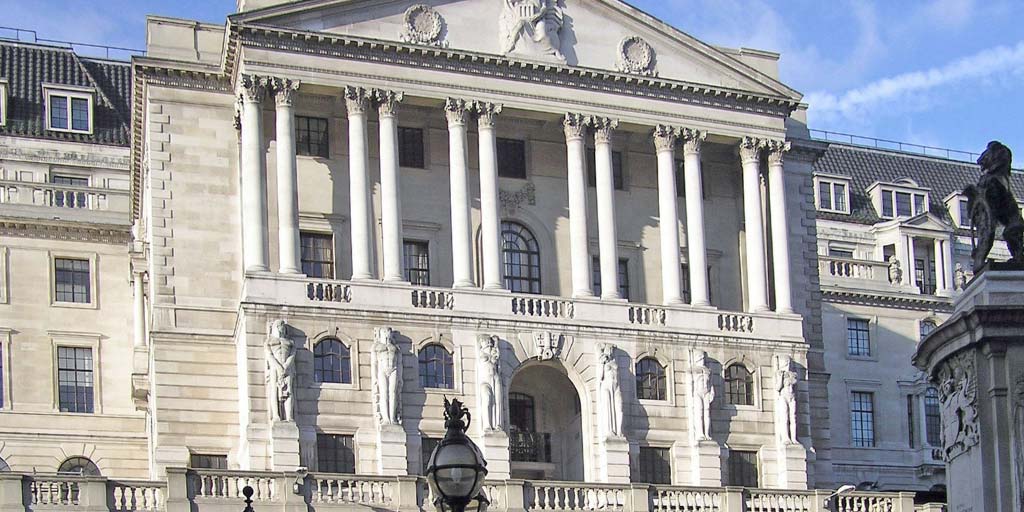This information should not be interpreted as financial, tax or legal advice. Mortgage and loan rates are subject to change.

Category: base rate base rate
base rateThe Bank of England has announced that the Base Rate will be held at 5.25 percent, breaking the 14 rises in a row.
The Bank of England raises and lowers the Base Rate in order to reduce inflation in prices, with a target inflation of 2 percent, where currently it is more than three times this amount.
Below we look at the impact on buy to let mortgages, but first we reflect upon the latest inflation news.
The current position on inflation
Earlier in the month, Chancellor of the Exchequer Jeremy Hunt hinted that newly released inflation data would show a ‘blip’, with many interpreting this as a rise in inflation.
However, the newly released data shows inflation fell (albeit not much) by 0.1 percent, now standing at 6.7 percent.
Upon release of the new inflation figure, Jeremy Hunt said:
Today’s news shows the plan to deal with inflation is working - plain and simple.
"But it is still too high which is why it is all the more important to stick to our plan to halve it so we can ease the pressure on families and businesses.
"It is also the only path to sustainably higher growth.
Has the Base Rate reached its peak?
When speaking about whether the Base Rate had peaked, the Bank of England Governor Andrew Bailey had said prior to today’s announcement, that he ‘think[s] we are much nearer now to the top’.
Many experts believed the Monetary Policy Committee would raise the Base Rate by 0.25 percent. They believed this because figures showed strong growth in wages, which can act as upward inflationary pressure.
However, as this is the first time the MPC have held interest rates at the same level in 15 meetings, and with inflation’s surprise decline this month coming after last months ‘further-than-expected’ fall, perhaps this hold in the Base Rate means we have now reached the peak.
Andrew Bailey spoke on today’s decision:
Inflation has fallen a lot in recent months, and we think it will continue to do so
"But there is no room for complacency. We need to be sure inflation returns to normal and we continue to take the decisions necessary to do just that.
How will this affect buy to let mortgages?
Lenders have been taking a cautious approach to rate pricing since the first few Base Rate rises, and have seen the Bank of England MPC Committee adjusting their position and echoed this.
There has been a modest number of rate reductions from some lenders, but many of those announcements did not undercut pre-existing deals.
Of the absolute lowest buy to let mortgage rates currently available, the majority come with a percentage of loan fee.
For some landlords this works well, as fees can be added to the loan and allows the borrower to secure the lowest rate. Where some of these deals use the mortgage interest pay rate in affordability calculations, these deals also help landlords with lower rents secure the loan amount they need.
However, other landlord investors want to balance product fees against a competitive rate, so whilst today’s news isn’t a dramatic change, lenders may take it as a positive signal and re-address their position on rates.
Another factor at play as we approach the last quarter of the year is that some lenders financial years follow the calendar year. Where this is the case, and a lender has not paid out as many mortgages as they would like, they may make rate decreases to attract business.
There has been a softening in Swap Rates (a projection of what the market believes interest rates will be in the future) which might impact lender decisions on mortgage rates, and the hold on the Base Rate may be a further positive signal on the state of the economy – something that can influence Swap Rates.
Some experts believe that the Base Rate won't start decreasing until late 2024, at the earliest, and the Bank of England is still sending out a cautionary sentiments but time will tell if this is brought forward.
